Silversea Arctic Tips – 9 Questions you should ask before exploring the Arctic on Silver Explorer
The biggest regret I have about my trip on board Silversea’s Silver Explorer to the Arctic was that I did not have it at the top of my bucket list years ago. Over the course of ten days I discovered that I had missed out on an incredible adventure, and experience, that could have thrilled me ages ago. While indulging in the pampering, good food and service on board, each day was a revelation about the majesty, beauty and fascination of nature in this isolated part of the world. I saw, heard and felt vast glaciers calve off huge chunks of ice. Chuckled as perky Atlantic Puffins peered back as we explored their remote nesting spot and felt my heart lift as lumbering polar bears sniffed at us before going about their business of seeking out food. This is an incredible trip, and one that I want to help anyone thinking about doing it to get the most out of. This is the aim of the following nine questions I believe travellers should ask with my answers and tips on heading to the Arctic.
1: What, and where, is the Arctic?
You probably know that the Arctic is right on top of the world, and that the North Pole is there. But do you know the four different approaches to defining what falls into the region? These are:
- All territory that is above the tree line, the point after which trees cannot grow. As the ground is permanently frozen in the Arctic region a metre or so below the surface, tress cannot take root and so you will never see any.
- Where the average temperature never rises above 10 degrees Celsius (even in the warmest month of July).
- The part of world that is so far north that in summer the sun never sets (midnight sun) and in winter it never rises (polar winter).
Everything north of the Arctic Circle (66° 33’N).Each of these mean the Arctic encompasses slightly different areas, however, broadly they end up covering the same territory.
Unlike Antarctica in the south, much of the Arctic mass is frozen sea ice and not land. The shape and size varies seasonally as it thaws or freezes.
2: Where exactly will Silversea take you in the Arctic?
You could explore the Arctic in parts of Alaska, Canada, Finland, Greenland, Iceland, Russia, Sweden and Norway. Silversea’s Silver Explorer Arctic season operates around the islands of Svalbard.
This has been under Norwegian rule and protection since the 1920s. It is well within the Arctic Circle, being at around 80 Degrees north, and is about a day and half sailing from the northern Norwegian mainland city of Tromso. Silversea run 10-night cruises that sail alternately between here and Longyearbyen on Svalbard.
Svalbard is 61,000 square kilometres (20% of mainland Norway) and 65% of the land is protected National Parks, Nature Reserves, and plant and bird reserves. There are over 3,000 polar bears on the island, meaning there are more of them than people. The two largest settlements are Longyearbyen, which is the administrative capital of around 2,000 people, and the 500-resident Russian mining town of Barentsburg. The only other key settled spot is Ny Alesund, which is a multi-country scientific research centre, with 30 winter and 150 summer occupants.
3: What nature and wildlife will you see in Svalbard?
With over 150 species of birds on the island, you will definitely see a lot of birds, including various breeds of Guillemots, Little Auk, Kittiwakes, Glaucous Gulls and the adorable Atlantic Puffins. Also guaranteed is diverse Arctic plant life as there are 173 types of flowers, 59 grasses and 373 moss variants.
There is a good chance you will see walrus and reindeer, as their movements and location seem to be more predictable.
The Silversea team will work hard to find polar bears, seals, arctic foxes and whales. However, these are more elusive and difficult to locate, especially bears and seals, as they will mostly have left the island on the drifting sea ice. Based on the ice movement and thickness, at least one day is cruising along the polar ice cap, as this is the best chance Silversea have of locating them. The ship can push through ice to approach them if found.
Don’t go if you want to see penguins, as you would be heading to the wrong part for the world – as they are only found in the Southern Hemisphere. Consider going on a Silversea cruise to Antarctica and associated islands to see penguins. You cannot see polar bears and penguins together as the bears are only found in the Arctic.
Do not book the trip expecting a guarantee that you will see any specific animals. Book a trip to a zoo if you have to see them! Wildlife is unpredictable and will not appear or be available on demand. They need to be sought out and so there is a real chance you will not get to see creatures like polar bears. Although Silversea has an excellent track record in the Arctic for locating the wildlife guests are desperate to see, they cannot offer an ironclad promise.
4: How does Silversea expedition cruising work, and what should I expect?
The Season.
You need to be available to travel in the short Arctic season. Much of the area is frozen for large parts of the year, with the frozen sea ice too thick for ships to penetrate.
Some of the settlements on the island, like Ny Alesund, are inaccessible during winter. Even residents of the old coal mining, and now scientific settlement, of Longyearbyen could not arrive or leave during winter until an airport was built in the late 1970s. Silversea run cruises in the middle of summer, mostly June and July, and even then you need to expect that some planned stops will be off-limits as the ice is too thick to enter in some areas.
There is no set itinerary.
The only guarantee before joining the cruise is that you will be exploring Svalbard. On the first night the Expedition Leader will lay out a rough outline of planned stops, however, you will only know the next day’s destination and excursions at the daily briefing the night before.
Each weekday at 3pm the ship receives an ice chart from the Norwegian authorities. It provides the state of the surprisingly fast changing situation. This is then combined with any intelligence on wildlife to finalise the next day’s plans. Even then you should expect things to change based on sightings or unexpected sea swells, fog or ice movements.
For example, on my cruise we were able to go to some destinations that they had been unable to visit just 10 days before. While on other days we could not venture into some places as the ice had thickened too much and changes were made to follow a polar bear that had been spotted. The ship receives no ice charts from Friday until Monday afternoon, making planning for some days even more difficult for the crew.
Format.
An Expedition Leader, supported by an 11-person Expedition Team, hosts the cruise. The team includes a marine biologist, ornithologist, fish expert, botanist, historian, naturalist, polar bear guards and a wildlife photographer. They run talks, provide debriefings on things seen each day, drive the zodiacs (light-weight boats made of tubes filed with pressurised gas) that take you off the ship and host all the excursions.
The guests are divided into four numbered zodiac groups of around 25 people. Each boat sets off with about eight guests from the group in turn.
Although the places visited are subject to constant adjustment, the format of the days is fairly rigid. The days are busy, with little downtime. You should expect the following:
- Being woken up around 7am with an announcement in your cabin giving an hour warning for departure of the first set of zodiac excursions.
- Most days you will go on two excursions off the ship lasting around 1.5 hours each. Based on the destination you will either be cruising on zodiacs or doing hikes in groups of 8. Zodiac groups are called in turn and two sets go out at any time. Each day the order is rotated so one day you go out first and the next second.
- Lunch is between noon and 2pm served as a buffet.
- Before dinner is the daily debrief and briefing session lasting between 45 minutes and an hour. It is important to attend these, or to watch them live on Channel 09 on your in-room television. The Expedition Team will provide more insight and detail on any wildlife or sights encountered that day, and lay out the plans for the next one.
- Dinner is open-seated dining from 7pm to 9pm. Although the bar is open afterwards with a pianist, there is no other entertainment. Most guests retire fairly early ready for the early morning start and activities.
Trip is documented.
The Expedition Team document the entire trip through a daily online journal and by taking hundreds of photographs and lots of video of the scenery, wildlife and plants seen on every trip. As an example review the journal for my trip: http://www.silversea.com/expeditions/voyage-journals/7516/
You can buy the DVD of all photographs and a video of the trip for around US$150.
Time at sea or on the water.
You will spend a lot of time on the ship and zodiacs across the 10 days, and will have one land-based experience on average per day lasting 1.5 hours at most.
Be ready to disconnect.
For most of the cruise you will have no Internet or mobile phone signal, as the ship travels too far north to get a good line of sight of the satellites carrying the signals. The channels on the in-room television will not work, other than the ones created by the ship (01 which shows the route and 09 which shows any talks or briefings being run in the lounge).
You will also be visiting remote areas with no human settlements or facilities for eight or nine of the days cruising.
5: What facilities does the Silver Explorer have?
The Silver Explorer was built as an expedition ship with a hull designed to operate through fairly thick sea ice. It was launched in 1989 and had operated under various names by different lines before being acquired by Silversea Cruises in 2007 and renovated.
The ship can carry a maximum of 132 guests in 66 suites, with a crew of 117. It is luxurious, in line with the Silversea “six-star cruising” offer, and all suites have butlers, choice of branded toiletries, complimentary mini-bar and pillow menu.
On-board facilities and choice is more limited than on regular cruise ships but there is still a good range of options. There is one restaurant (although an outdoor grill operates on deck six for lunch and serves the line’s signature “Hot Rocks” at night), one main bar (Panorama Lounge), indoor smoking room, Observation lounge, Theatre (used for talks, briefings and muster station), small fitness room, hairdresser and one spa treatment room, sauna, steam room, hot tubs, gift shop boutique, library / Internet room and a Mud Room for storage of boots.
There are no evening shows and entertainment. The in-room television has movies on demand.
Watch my video tour of the ship and facilities
6: Who will my fellow passengers be?
As expedition cruising is a premium vacation, with prices from around US$8,000 upwards for a 10-night trip, guests are relatively affluent, well-travelled, and sociable. On my trip they seemed to be mostly professional or recently retired couples.
Although the language and all activities are only in English, the trip attracts a range of nationalities. On my cruise of 117 guests there were 16 different ones, although just under two-thirds were Americans (36), Australians (26) and British (12).
Fit and mobile.
As the trip is active, with a number of fairly strenuous hikes and getting on and off zodiacs, guests were able, fairly fit and mobile. I would say most people were in their 50s or early 60s. In my view to get the most of the Silver Explorer Arctic you need to have good mobility or you cannot experience and enjoy all the excursions and adventures.
Good health.
There is a doctor on the ship to deal with emergencies and injuries. You send a medical declaration form before the cruise to make sure it is suitable and they can cater for you. You are not in reach of any on-shore medical facilities, including a pharmacy, for almost the entire trip and you must be confident your health is satisfactory for this adventure – and carry plenty of any prescription, and other regular first aid treatments you use, as the ship is unlikely to have them if you run out.
Children.
Children over six are allowed on the zodiac excursions. On my trip there were a few children, all boys, between about 10 and 14. However, I am not convinced this trip is ideal or would be fully appreciated by children, as there are no specific diversions or activities for them, most guests are adults and the food and experience is really catering for the 50+ traveller.
7: What clothes and other items should I take?
Arctic excursion gear
You need to be equipped and ready for the Arctic. This means wearing a base layer (thermal top and bottoms), middle layer (fleece or puff jacket), outer layer (parka and waterproof trousers), neck protector, hat, gloves, thick socks and boots.
To make getting the right gear easier, Silversea have partnered with ShipToShoreTraveler.com (http://www.shiptoshoretraveler.com/silversea ) offering packages of clothing designed for this cruise that will be delivered direct to the ship. You need to order at least 30 days before departure of your cruise.
I recommend buying the pre-set Destination Package on the site for the Arctic, which costs around $290 and includes everything you need and then add in the fleece and boots on top. As you will be wearing the base layer everyday, you should either order a spare set or plan to use the laundry room on the ship to wash them, as you can get sweaty on the hikes. I did not like the hat they provided and brought a woollen hat from the small boutique on the ship instead that was more comfortable and protected my ears from the cold better.
Silversea give each guest a complimentary Parka, which you pre-order via the same site, and rucksack. You can borrow boots on the ship, although we ordered ours via ShipToShoreTraveler.com as they are great boots and worth having. You have to wear them for every excursion so worth having your own. You will be addicted to expedition cruising after the voyage and will get to use them again!
Around the ship wear.
The dress code is casual overall, with most people wearing jeans, or similar, trousers and polo or t-shirts during the day. In the evenings most men wore long-sleeved shirts and smart trousers for dinner, and suits with or without ties for the Captain’s Welcome and Farewell cocktail party and dinners. Women wore the appropriate equivalent. It is not very dressy and people focused more on comfort and warmth. It is a good idea to bring along a few jumpers or casual warm tops.
Flat shoes with good soles are ideal for walking around the ship, and in the case of bad weather and seas on the Tromso to Svalbard leg of your trip.
Other items to pack.
The following are important to take along in my view:
- Eye shades. It will be bright 24-hours a day as the sun never sets.
- European 2-pin adapters. Other than in the bathroom, the electrical sockets are this format.
- Binoculars.
- Plenty of any prescription medicine you need.
- First-aid kit with all your usual remedies. I would also bring along a dental emergency repair kit to cover any fillings or caps coming off or out.
- Seasickness remedies. It will be very smooth usually around Svalbard but there can be swell on your way to and from Tromso.
- Entertainment in case you need it, such as books or films pre-loaded on your mobile devices.
- Credit Card. You do not need to bring much currency, as there is nowhere to spend it. If you do stop at the meteorological station in Northern Bear Island they have a small gift shop that only take cash (US$, Euros or Norwegian Krona). The one at Ny Alesund prefers credit cards.
- Swimming trunks if you plan to do the “Polar Plunge” (more on that later!)
8: What about wildlife photography?
Be prepared and equipped correctly.
Wildlife photography is a skill, and really needs the right equipment in my experience. I recommend you decide before you go if you want to invest in and learn how to use it, or simply enjoy the trip and buy the two-set DVD the Expedition Team Photographer creates individually for every cruise.
One DVD will have up to 700 photographs of every plant, place and animal you see on your cruise and the other a video overview lasting around 50 minutes. Unlike most cruise videos, these are unique to the cruise and do not use stock footage. They have the right equipment and skill and you can leave documenting the trip to them. The package sells for around US$150.
What do you need if you want to take your own pictures?
As you have to stay 30 metres from walrus and may only get a few hundred metres from polar bears, you are never close enough to use normal lenses and get great images. On this trip you really need, in my view, one camera body with a 400mm zoom lens for wildlife and another with a 17mm to 55mm lens for the scenery, landscape and plants.
Tips for good nature and wildlife photography.
The following are some tips on taking photographs on your trip if you decide you want to do so:
- Know your camera settings and which to use when. I suggest you try using the following settings instead of shooting on manual setting to simplify the process:
- “P”: The camera will then set everything for you and you do not need to set ISO, aperture or shutter speed. This is best if you are unfamiliar with your camera and photography.
- “AV”: Ideal for taking pictures of animals that are still or immobile. You set the aperture priority and the camera adjusts everything else. Set it at a low number as it will then have them in sharp focus and the background more blurred. Focus on their eyes.
- “TV”: Ideal for moving animals. This is where you set the shutter priority and the camera adjusts everything else. Set the speed high so they are in focus if and when they move. I often also set the camera to take multiple images when I press the button, so as they move you can increase your chance of getting a good shot.
- Have your camera with you at all times both on and off the ship, making sure it is charged and with empty SD cards. You never know when you will come across something to take photographs of. Quite a few times during meals we were alerted that wildlife, like whales, polar bear or seals, had been seen.
- Think of picture composition. Use the “rule of thirds” where you place the subject on an imaginary grid like used when playing “noughts and crosses” and not in the centre of the frame. Get down low or up high to take some photographs to get better or more interesting perspectives.
- Switch off, and never use, the flash. You will scare or startle animals.
Get out from behind the lens.
Finally, remember you are on an incredible adventure, and do not spend all your time behind the lens!
9: How else can I get the most of my time on board Silver Explorer?
Here are some final thoughts on how you can get the most from your trip to the Arctic:
- Take out good travel insurance. You may have to cancel, or if something does happen to you and an expensive and complex operation to evacuate you is needed you will be covered.
- Understand the extra costs. Your fare pretty much covers everything including excursions, food, drink and gratuities. You do need to take into account getting to and from Norway (including the charter flight to or from Longyearbyen), any specialist wines above those included, your Arctic clothing and on board purchases on the ship like the DVD, spa or in the boutique.
- When packing, check the luggage restrictions of the airline getting you to the cruise, most have 23Kg check-in and 5Kg carry on. Factor in the added weight you will need to return with from all your expedition gear!
- Have the Afternoon High Tea in your room or Panorama lounge. It is an event!
- Use the Observation lounge and deck when arriving and leaving places. They serve an “early riser” breakfast here and you will usually see the Expedition team in here then to chat to.
- Speak up if you have any issues or requests – do not wait until you return home. They will hand out a mid-cruise questionnaire to encourage this, but are looking for people to provide on-going feedback so they can make sure everyone is satisfied.
- Be sociable and expect to share tables at all meals. There are some tables for two but mostly they look at guests to share and meet others.
- Check the daily paper “The Chronicle” before retiring. It lays out the plans for the next day. Many activities are not announced over the loudspeaker system, including talks and bridge tours, and so the paper is how you know where and when they are. It also gives background information on topics like polar bears, icebergs, sea ice, arctic fox, walrus or reindeer.
- Attend all the daily briefing sessions. They are essential.
- Follow the trip on TV 01 channel for the route and details and watch live lectures from the theatre on Channel 09 if you do not want to go to the theatre.
- Make use of the expedition team. They are very knowledgeable and love it when guests ask lots of questions. Some, like Kit van Wagner who is a Marine Biologist and one of the Expedition Leaders even runs her own blog to inform and educate: http://www.kitvanwagner.com
- Check the notice board on the stairwell on Deck Four every day. The team put up information charts based on what has been seen or you should be on the look out for.
- Keep an eye on the wildlife and plant-sighting chart in reception to keep a track on what has been seen on your trip.
- Do every excursion. You never know what you will miss out on. You may stumble across an elusive arctic fox, polar bear or seal.
- Be Arctic Responsible. The Expedition Team will run through the AECO (Association of Expedition Cruise Operator) guidelines on best practice and behaviour in the Arctic to protect the environment, wildlife and you. Make sure you note and follow it.
- Follow the zodiac rules. You will be briefed on how to dress and prepare for getting on and off and also once they are underway and while you are on land.
- Try and earn a Svalbard Clean-up badge. The tides wash up trash like plastics onto the island and you can earn a badge by collecting it and handing to the Expedition Leader. However, check with the leader of your group as some items are not to be picked up as there may be research that is tracking sources of rubbish in parts, or some things that may look like junk may be animal bones or remains.
- Do the Polar Plunge challenge. At some point in the trip guests, and crew, will be invited to jump into the icy Arctic sea. Around 40% of guests often do and earn a certificate for doing so.
- Use the tailored trip journal written by the expedition team for your trip to remind you of your adventure. It is a daily summary of the activities and memorable sightings. As an example review the one for my trip: http://www.silversea.com/expeditions/voyage-journals/7516/
- Name crew who go extra mile in end of cruise survey. Hand the form into reception as any left in the room are destroyed and not included in the feedback process.
I hope you find this guide helpful and ensure you have an incredible trip. It is one that I highly recommend. I think it will be hard to beat this experience. It was magical.
Further reading:
- Silversea Arctic Cruise Day-by-Day. Expect the Unexpected!
- Incredible Arctic Experiences: 20 pictures of Ice, Wildlife, Birdlife and Historical Sites.
Disclaimer: I travelled as a guest of Silversea on a 10-night cruise from Tromso to Longyearbyen to explore Svalbard.

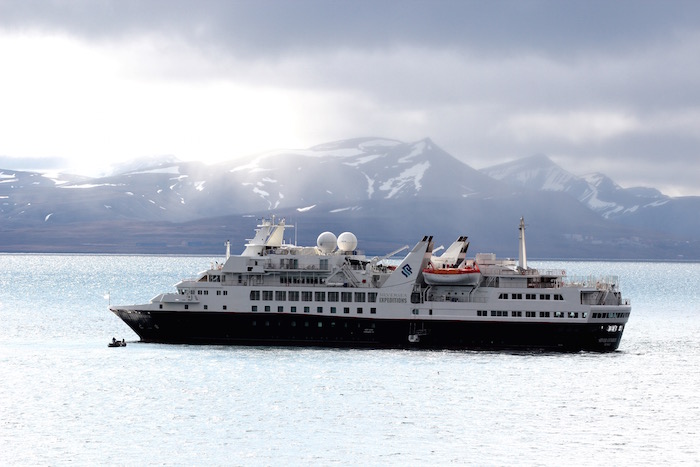
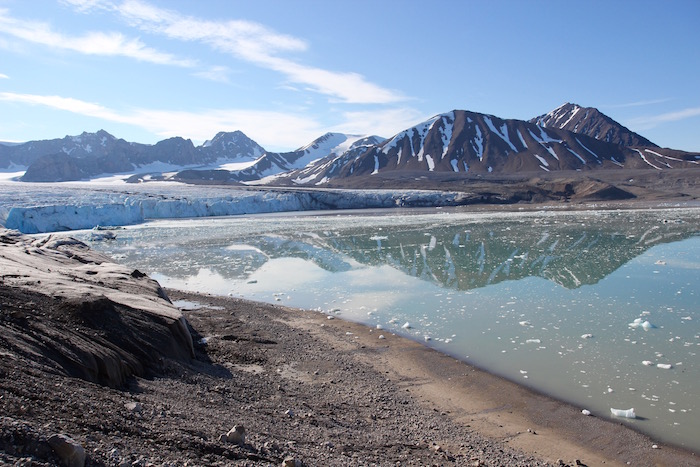
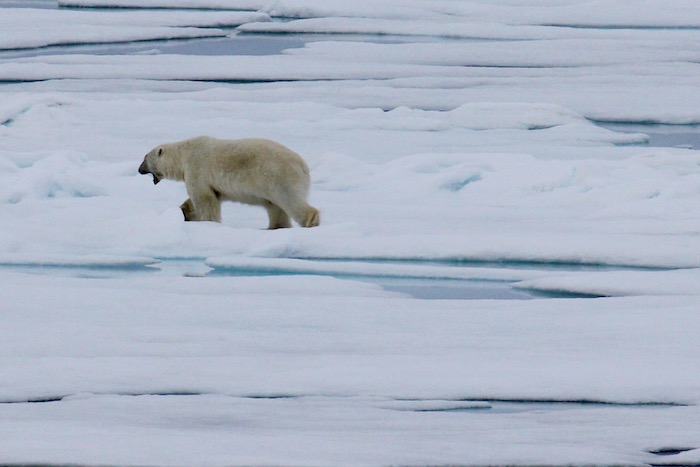
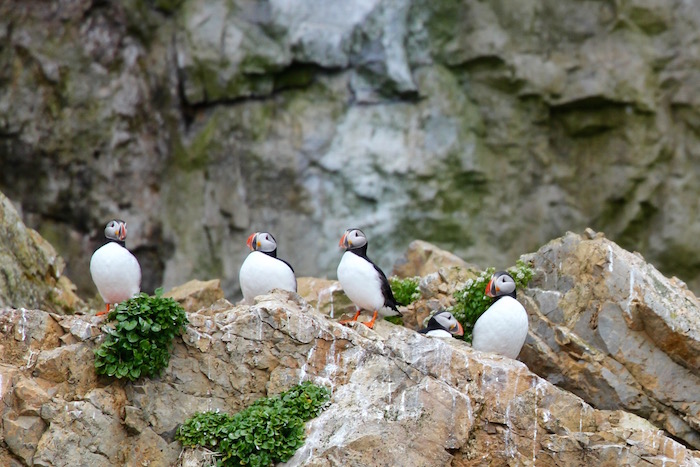
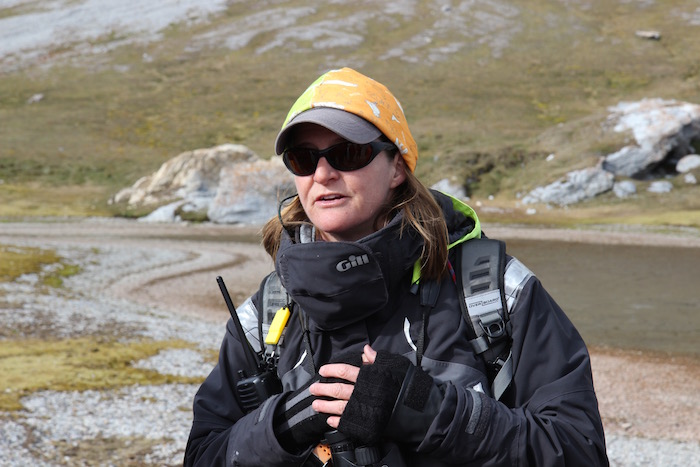
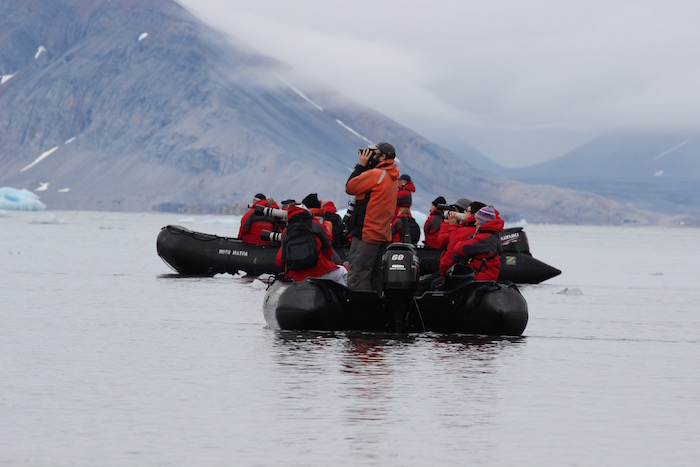
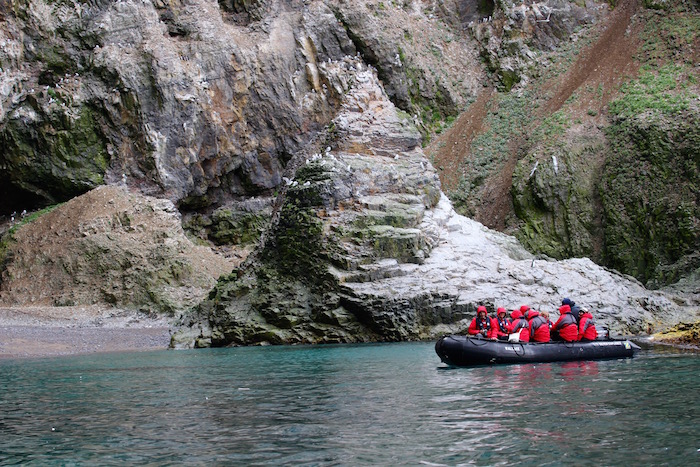
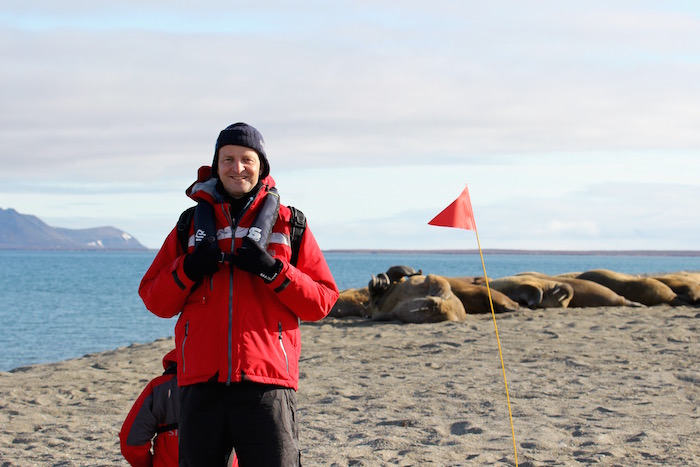
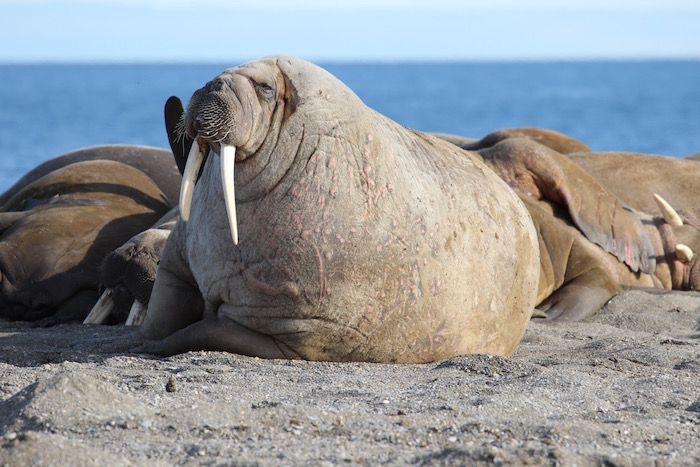
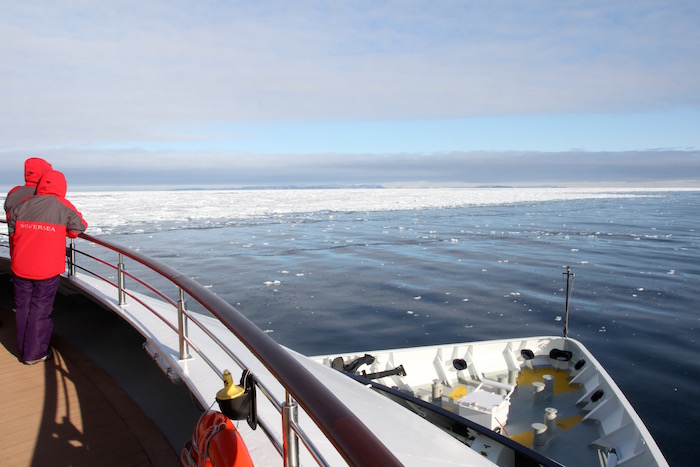
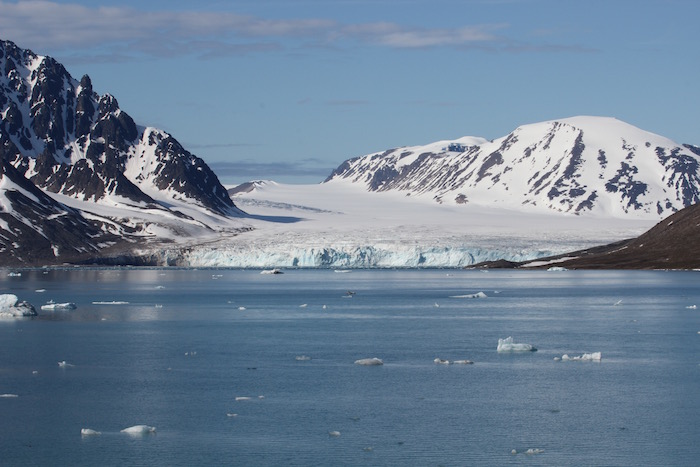
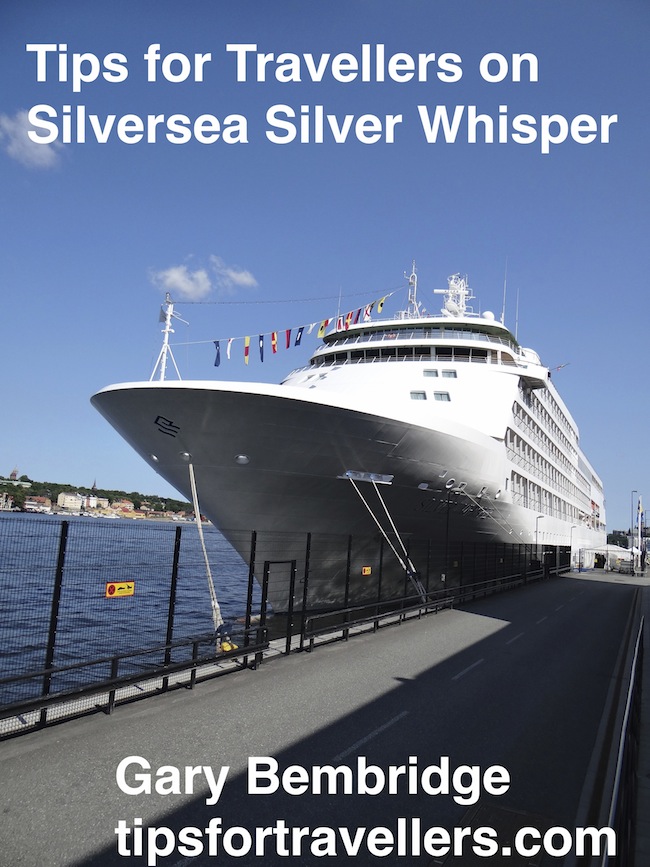
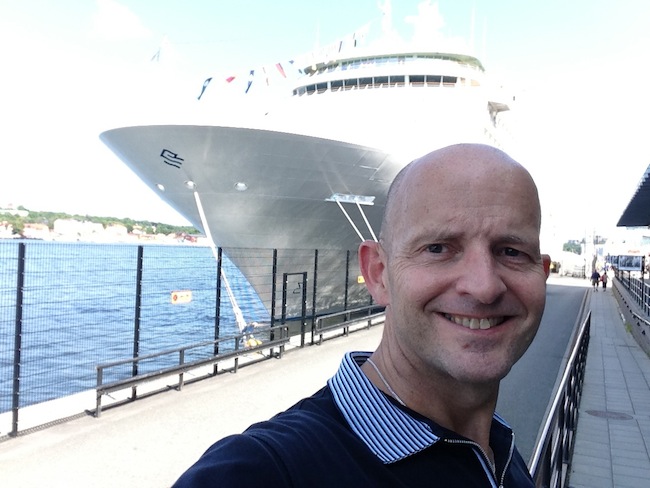
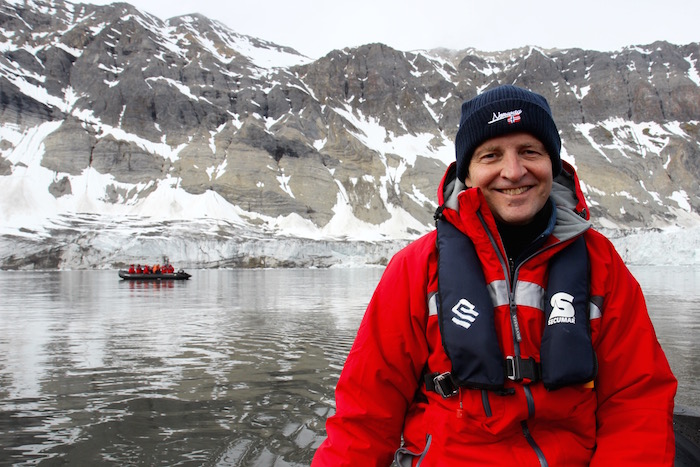










we would love to do this Arctic cruise sometime soon. Looks amazing!!
Amazing! Thrilling whilst enjoying luxury!